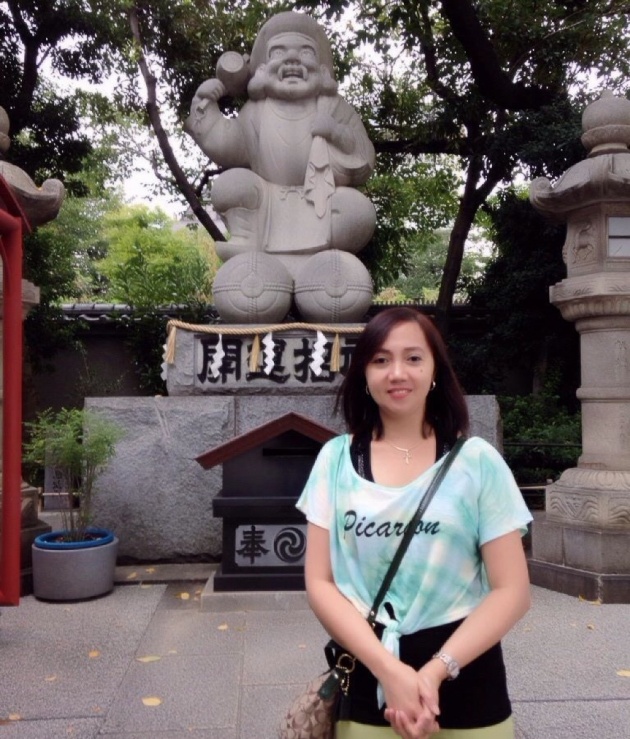Daikoku-sama(meaning Mr,Daikoku) was brought to Japan as "Daikokuten". Daikokuten is the gardian of Buddha and Dharma in Buddhism.
In the past people gradually began to enshrine the gods of Buddism and the gods of Shintoism together. According with this custom, people enshrined "Daikokuten" and "Ohkuninusi"(a Shinto god) together as the Chinese-stylereading of the character "oh-kuni" is "dai-koku". During the Meiji period(modern age), Dajokan(the Great Council of State) provided that Buddha and a Shinto god could not be enshrined together and Shintoism was regarded as the national religion.
For this reason, people must enshrine Daikokuten separately from Ohkuninusi. But, faith cannot be restricted by law, so in this place we have enshrined Daikoku-sama as "kinoene-Daikokuten" in the old style. "Kinoe-Ne" is the Japanese-style name of the day, or year. It has its origins in China. "Kino-e" means wood and yang.
The former is considered as one of the five great phenomenon in the creation of the world, and the latter which means to take charge of half of the world, is one of the "Jyukkan". "Ne" is one of the twelve zodiac signs meaning "rat". We have enshrined Daikokuten in theyear of "kinoe-Ne". So we can revere "Kinoene-Daikokuten" as a god, the gardian of Buddha.
We usually pray to him by clapping our hands, but we pray by putting our hands together during times of mourning.




